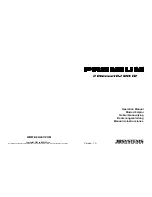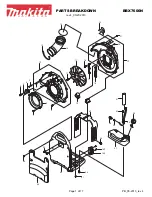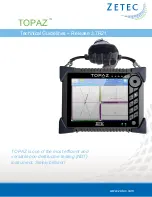
1
– Introduction
Thermo Scientific
Product Manual for Dionex Anion Chemically Regenerated
Suppressor for ICE
Page 7 of 22
032661-12
The Dionex ACRS-ICE 500 permits continuous operation while adding a minimum of dead
volume to the analytical system. As with any suppressor, the primary function of the Dionex
ACRS-ICE 500 suppressor is the reduction of background conductivity combined with an
increase in the analyte signal. Background conductivity is the sum of the specific conductances
of the eluent anion and regenerant cation.
The ICE suppression mode is based on a mechanism which is a reversal of what is traditionally
seen in the suppression of acidic eluents. In the ICE system the eluent is an acid, while the
analytes are anionic. The Dionex ACRS-ICE 500 removes the hydronium ion present in the
eluent and any other counterions of the analytes, from the eluent stream and replaces them with
tetrabutylammonium ion (TBA
+
). Since the hydronium ion is the main source of conductance,
this greatly reduces the background conductivity of the system. In addition, this mechanism
forces the ionization of the weak acid analytes, greatly increasing sensitivity.
The Dionex ACRS-ICE 500 is also useful for applications in which weak acids, such as fatty
acids, are separated by ion suppression. This mode uses a weak acid eluent that can easily be
suppressed with the Dionex ACRS-ICE 500 suppressor.
Tetrabutylammonium hydroxide (TBAOH) is the recommended regenerant for use with the
Dionex ACRS-ICE 500. Since TBA
+
cannot be produced electrolytically, a chemical regenerant
is necessary to provide the TBA
+
for this process (see Figure 2, “Chemical Suppression with the
Dionex ACRS-ICE 500”).
For assistance, contact Technical Support for Dionex Products. In the U.S., call 1-800-
346-6390. Outside the U.S., call the nearest Thermo Fisher Scientific office.
NOTE
!








































